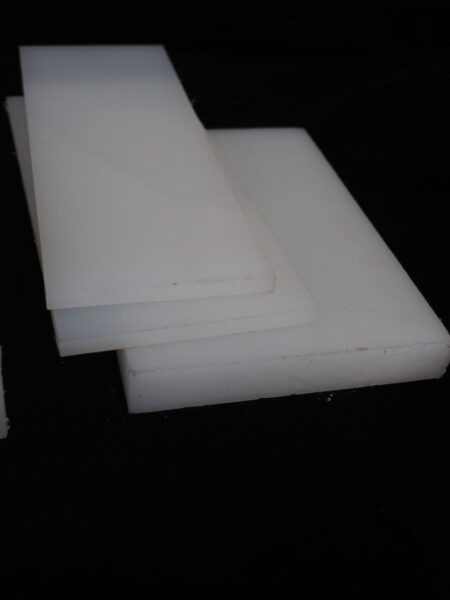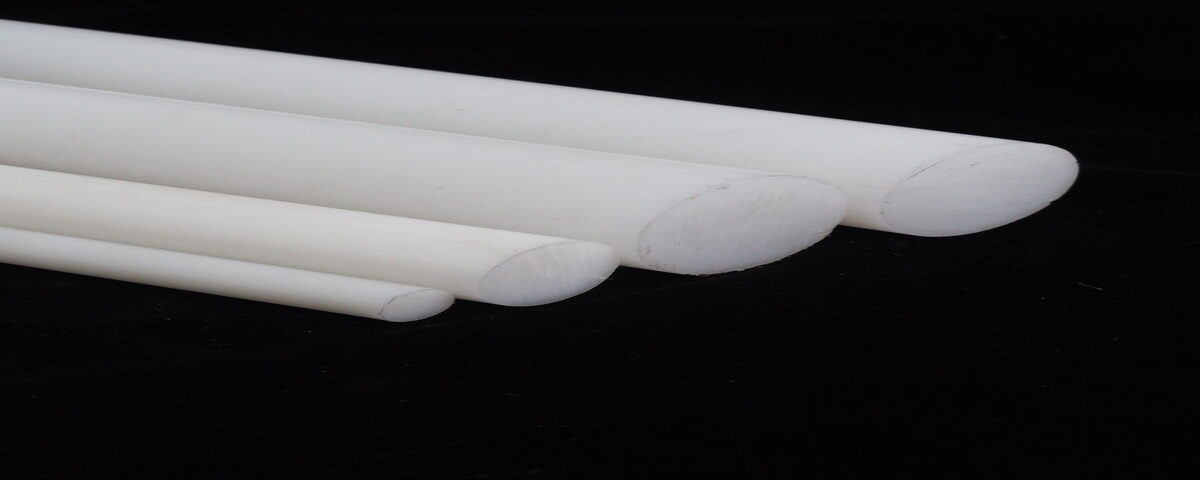
Is PMMA the Same as Polycarbonate?
November 26, 2024
What is a PTFE Rod Used For?
November 26, 2024Introduction
PVC (Polyvinyl Chloride) and PVDF (Polyvinylidene Fluoride) are both popular thermoplastic materials, but they have distinct properties and are used in different applications. Understanding the differences between PVC and PVDF is important for selecting the right material for specific needs, especially when chemical resistance, temperature tolerance, and mechanical properties are key considerations.
What is PVC?
PVC, or Polyvinyl Chloride, is one of the most widely used plastics in the world. It is a versatile material that can be produced in both rigid and flexible forms, depending on the additives used during production. PVC is commonly used in a variety of industries, including construction (pipes, flooring), electrical (insulation), and healthcare (medical tubing). It is durable, affordable, and resistant to many chemicals and environmental factors, making it suitable for a broad range of applications.
What is PVDF?
PVDF, or Polyvinylidene Fluoride, is a high-performance thermoplastic fluoropolymer known for its excellent chemical resistance, high thermal stability, and superior mechanical properties. PVDF is often used in more demanding applications where other materials like PVC might not perform as well. It is commonly used in industries such as chemical processing, pharmaceuticals, and electronics for applications like pipes, tanks, and coatings that require resistance to aggressive chemicals and high temperatures.

Key Differences Between PVC and PVDF
The main differences between PVC and PVDF lie in their chemical resistance and temperature tolerance. PVDF has a higher resistance to aggressive chemicals, extreme temperatures, and UV degradation compared to PVC. PVDF also has superior mechanical strength and is more durable under harsh conditions, while PVC is more affordable and easier to process.
Conclusion
In conclusion, PVC and PVDF are distinct materials with different strengths. PVC is widely used for general-purpose applications, while PVDF is better suited for high-performance environments that require enhanced chemical resistance and durability. The choice between PVC and PVDF depends on the specific demands of the application.






